Data from the Central Bank of Nigeria reveals Nigeria’s credit to the private sector as a percentage of credit to the Federal Government is at a 10 year low of about 4.2x to 1. Bank credit to the Public sector is also at a quarterly average all time high of about N5.5 trillion recorded in the first quarter of 2017.
On average, credit to the private sector is now roughly 4.2x that of public sector for the first five months of 2017. The last time we saw this level of multiple was in 2006.
Public/Private sector debt Interactive chart
[wpdatachart id=127]
The data reveals the credit to the domestic economy as at May 2017 was about N26.7 trillion with N21.9 trillion being credit to the private sector and N4.8 trillion being credit to the public sector.
According to the Debt Management Office, Nigeria’s domestic debt is estimated at N11 trillion as at December 2016. Nigeria’s domestic debt stock was just N8.8 trillion in December 2014.
Domestic Debt Interactive Chart
[wpdatachart id=63]
Recent lending spree currently embarked upon by the Government is attributed to this rise. Just two years ago, in the first quarter of 2015 when the multiple averaged 9x. However, increased domestic lending coupled with an enforced compliance of the Treasury Single Accounts (TSA) requirements has narrowed the multiple.
Commercial Banks have also signaled their intent on doubling down on purchasing government securities in 2017, as they grapple with poor asset quality and write downs. This move has also been helped by lucrative interest rates offered by state and federal governments with yields hitting as high as 20% per annum.
Likely Implications?
At 4x multiple, the fear of a crowding out the private sector is still minimal as we do not see the government increasing its lending from commercial banks beyond N5 trillion. The challenge however, is that we might be going through a period stagnation that will see lending to the private sector remain within the N21-N22 trillion levels. Credit to the private sector is currently up 15% year on year but is flat year to date. In contrast, lending to the public sector has increased by 28% year on year and 3.5% year to date.
The CBN’s is expected to keep its benchmark monetary policy rate at 14% in line with its mission to keep government borrowing cost above the inflation rate of 16.1%. Other indices such as debt to GDP ratio continue to instigate government’s borrowing appetite in spite of the obvious downsides on revenues. Already, the government’s debt service to revenue is running at 44% and is unlikely to fall as oil prices remain depressed and CBN continues with its forex policies.
For the ordinary Nigeria and small businesses, the implications are that your lending rate will remain high as banks have a ready channel via which it can fund its deposits.

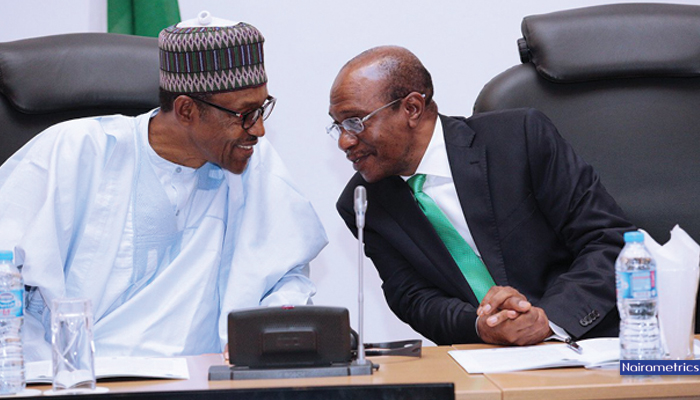



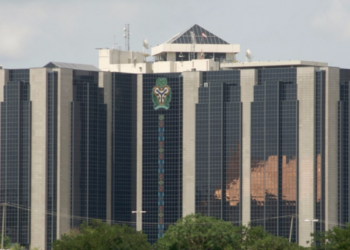
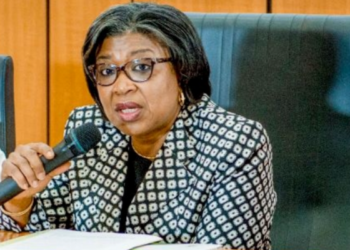
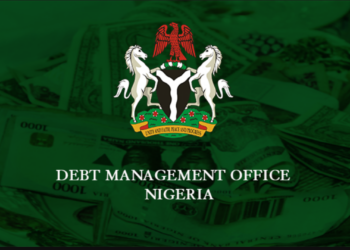
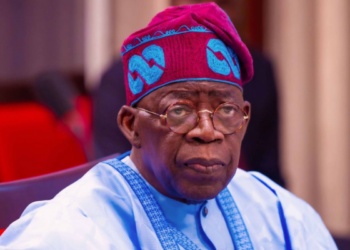
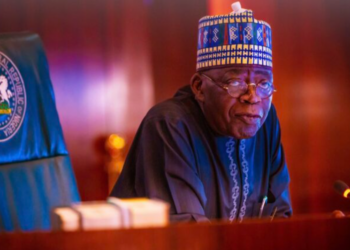
![[The Nigerian Economy Daily] FG has approved the closure of five foreign missions and embassies](https://nairametrics.com/wp-content/uploads/2017/05/nigerian-economy-today-1.jpg)






